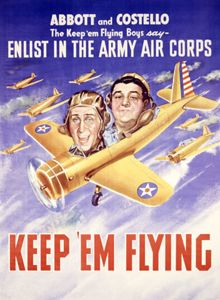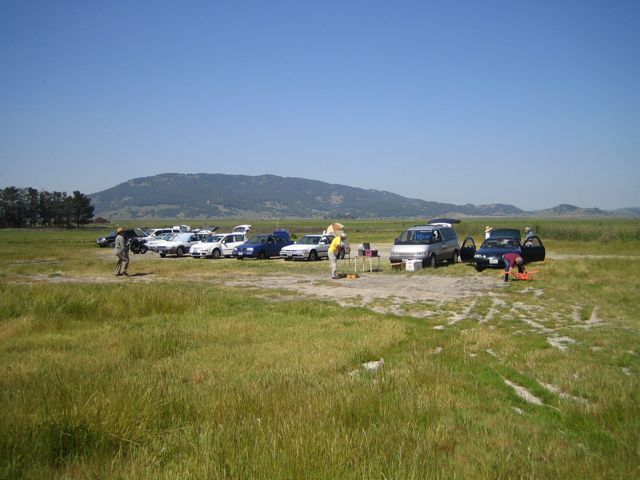
Several readers asked us for plans and information regarding the quadraplane pictured in this blog. The model in question belongs to George Benson. It is called the McGuire Quadraplane, a fantasy flyer designed by MAC member Jason McGuire in 1998.
George has provided the plans, available to download here, with this explanation:
Attached is the original small plan of Jason's Quadraplane. Possibly drawn by Thayer?
Also, my enlarged plan to 12 inch span for the first model I built with chord of 1-13/16 inch.
The revised wing plan shows a 2-3/16 inch chord, and this, plus the stabilizer and fin was treated to a scalloped trailing edge, in WW1 fashion.
My first model flew away OOS at Lakeville, with a model pilot and a good set of wire wheels. My second model flies well with increased chord. I decided to increase the wing area for no real reason, except I believe more area is good. I also scalloped the trailing edge of wing, fin and stabilizer to match the pseudo WW1 color scheme and roundels of RAF.
I use only one wing strut each side, approx 1/2 x 1/20 to tie the wings together, in a simple jig, then slid the assembly on to the fuselage and glued the lower two wings to the fuselage.
Prop is a 6 inch plastic, rubber is 15 inch loop of 1/8 inch. Flying weight is 26.5 grams. Model flies well indoors and outdoors. Somewhat beat up now due to impact to the gym walls.

More pictures and information about the McGuire Quadraplane can be found on Thayer Syme's excellent website, Free Flight Fantasies.
















